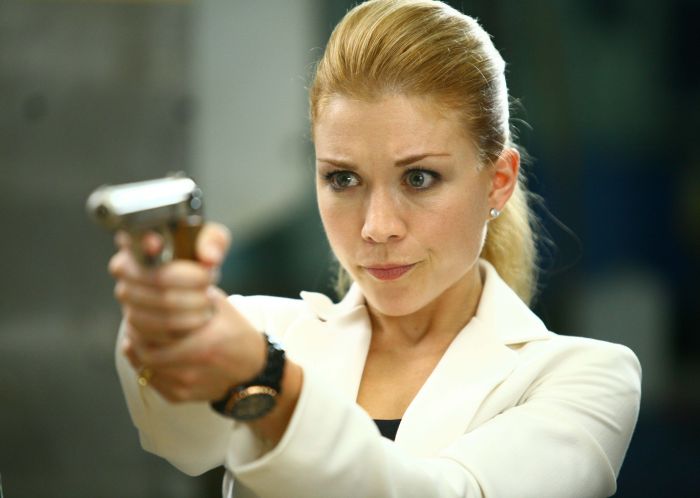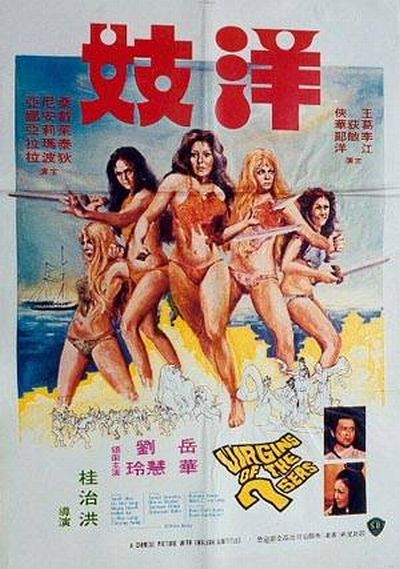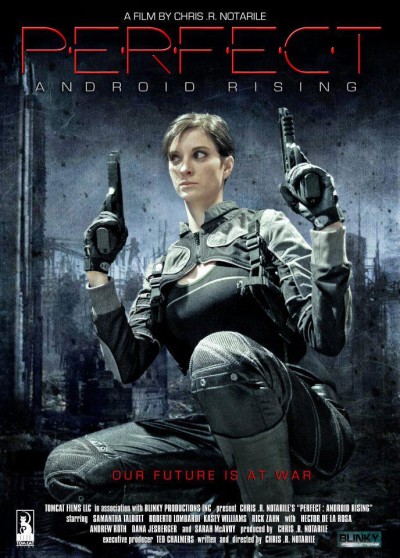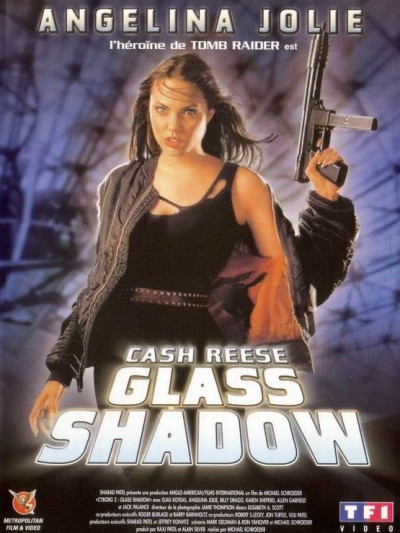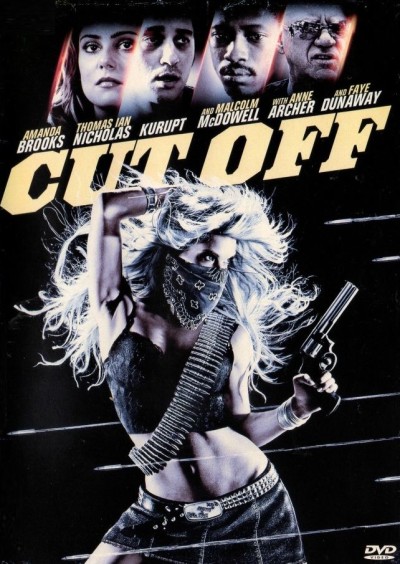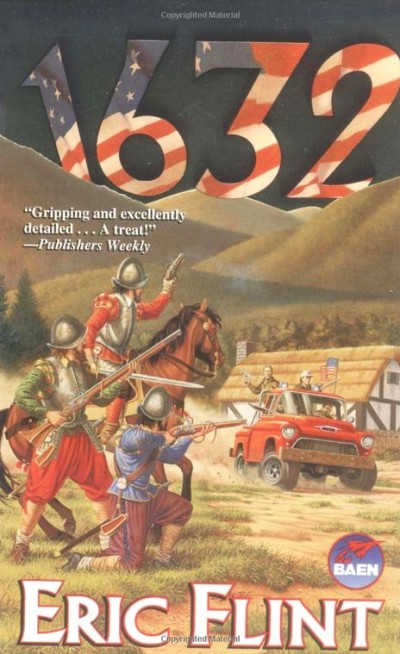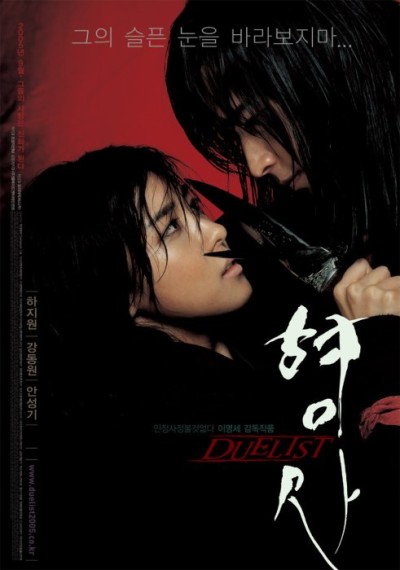★★★½
“Once in a Lifetime.”
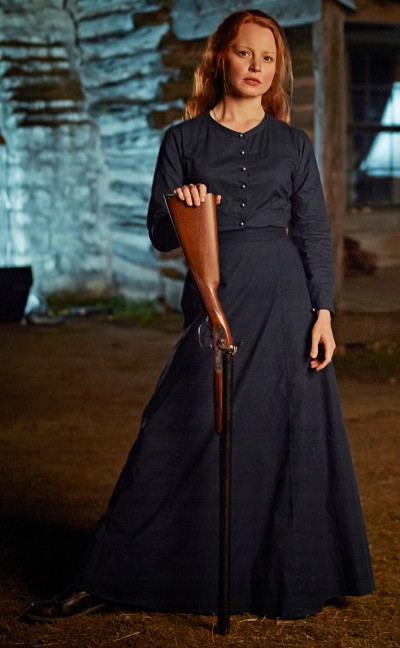 There’s one thing it’s vitally important to understand before watching this. It’s not a stand-alone Western movie. This is what’s called a “backdoor pilot”: something aired as if it were a discrete entity, with the aim of gauging audience reaction to see if it gets picked up. This matters, because it explains the film’s otherwise inexplicable failure to resolve… Well, just about any of the plot threads it constructs during its 90 minutes. If you expect closure, you’re going to be massively disappointed, and there are other aspects which are similarly out of place, such as Skeet Ultich as a local saloon pimp, who serves absolutely no purpose. However, if you take this for what it is – an introduction to the setting, characters and situations – it’s actually more than serviceable, especially since it’s a product of Lifetime, whose output tends to the bland in the same way as vanilla pudding. Thanks largely to Ambrose, this rises above that, and leaves me definitely interested in seeing more.
There’s one thing it’s vitally important to understand before watching this. It’s not a stand-alone Western movie. This is what’s called a “backdoor pilot”: something aired as if it were a discrete entity, with the aim of gauging audience reaction to see if it gets picked up. This matters, because it explains the film’s otherwise inexplicable failure to resolve… Well, just about any of the plot threads it constructs during its 90 minutes. If you expect closure, you’re going to be massively disappointed, and there are other aspects which are similarly out of place, such as Skeet Ultich as a local saloon pimp, who serves absolutely no purpose. However, if you take this for what it is – an introduction to the setting, characters and situations – it’s actually more than serviceable, especially since it’s a product of Lifetime, whose output tends to the bland in the same way as vanilla pudding. Thanks largely to Ambrose, this rises above that, and leaves me definitely interested in seeing more.
She plays Belle Barlow, struggling to keep things going on her farm as the Civil War grinds on; her husband was fighting for the Confederates, but has not been heard from in forever. Things aren’t made easier by the neighbours, the Crawfords, who own the local bank and the loan on which Belle is falling behind. Her sister, Hattie, is also involved in helping the underground railroad, the network which smuggled escaped slaves to freedom: Belle has mixed feelings about this, but finds herself hosting one such refugee as her “slave”, Kessie. Meanwhile, a bunch of renegade soldiers, led by Belle’s brother Jasper (Backus), arrive on the farm, intending to knock off a delivery of army gold that will be held temporarily in the bank. Initially opposed to this, Belle’s opinion is changed after a tragic accident, for which she blames the Crawfords, and it turns out Kessie holds the key (literally) to pulling off a successful robbery.
I can’t stress this enough: do not go in, expecting any one of these threads to reach a satisfactory conclusion. It’s the journey which you need to enjoy instead, because the destination is never reached. Fortunately, I was forewarned, and so didn’t suffer the same sense of “Is that it?” as some reviewers. Instead, I was able to appreciate a heroine that’s a good deal more complex than many, and the film also does a good job in portraying the murky nature of the Civil War, where people from the same town (or even family) would sometimes be on different sides. I particularly liked Belle’s little rant in regard to the Crawfords:
I want revenge too. But a bullet for each of them while they sleep is little comfort. I want them to suffer, as I have suffered. I want them to feel what it’s like to have everything they love stripped away from them, piece by piece.
That speech does a really good job of setting up her character’s direction for the rest of the movie, and providing credible motivation. As yet, I haven’t heard of any series following and that’s a pity, because this has potential and I’d like to know where it might have gone. While it’s obviously much easier to write a film where you don’t have to worry about the ending, don’t let the attached name of Nicholas Sparks (The Notebook, and other sappy romances) put you off, for this is better than many TV movies, and definitely better than almost all Lifetime ones.
Dir: Jon Amiel
Star: Lauren Ambrose, Wes Ramsey, Christopher Backus, Riley Smith





